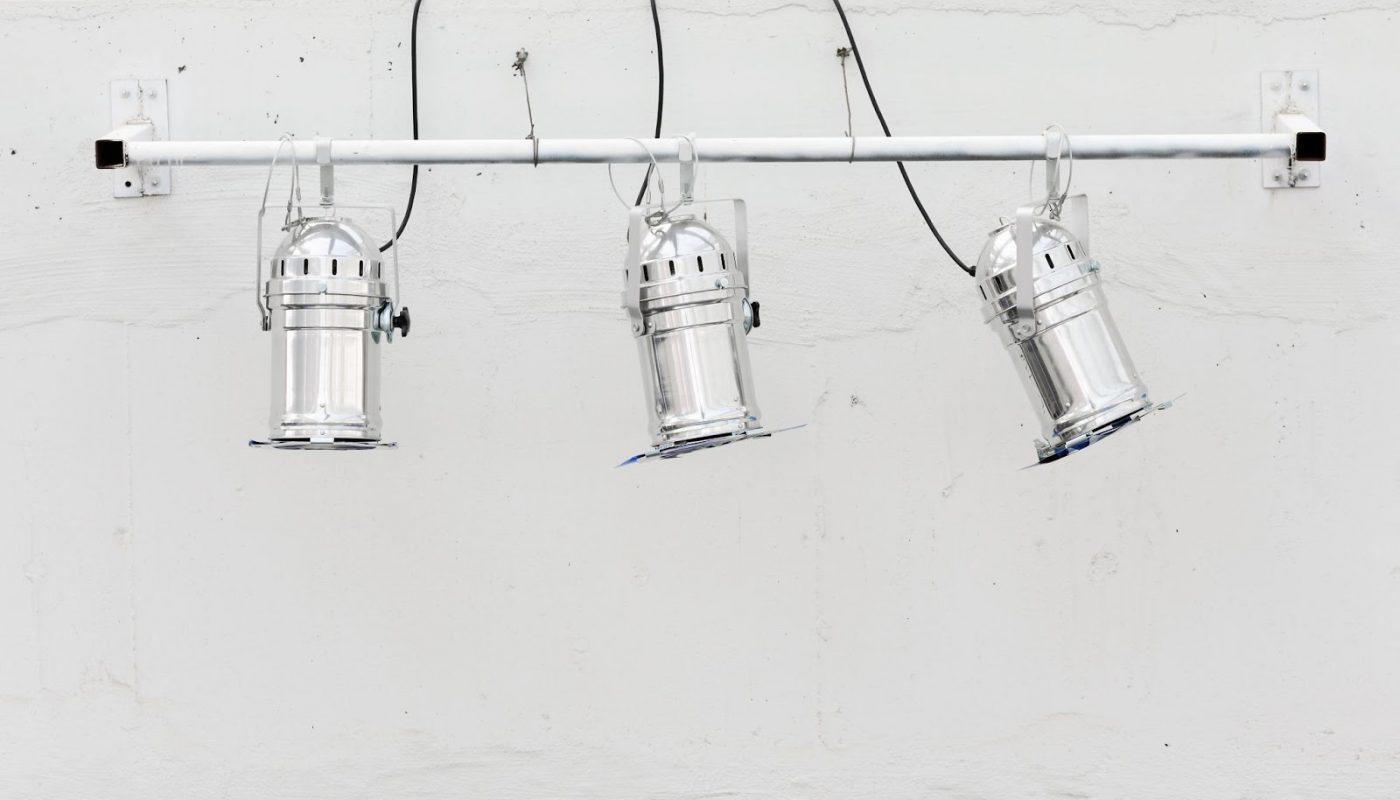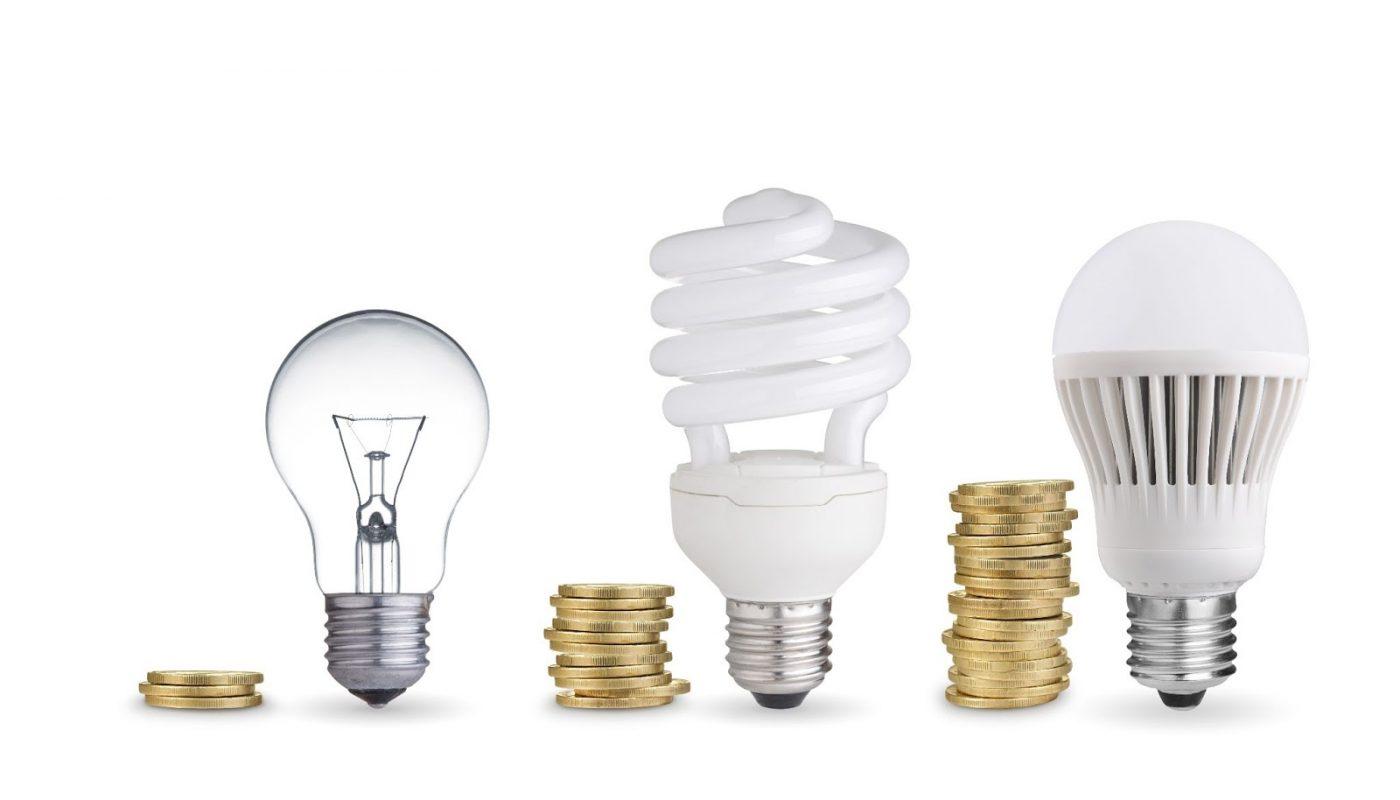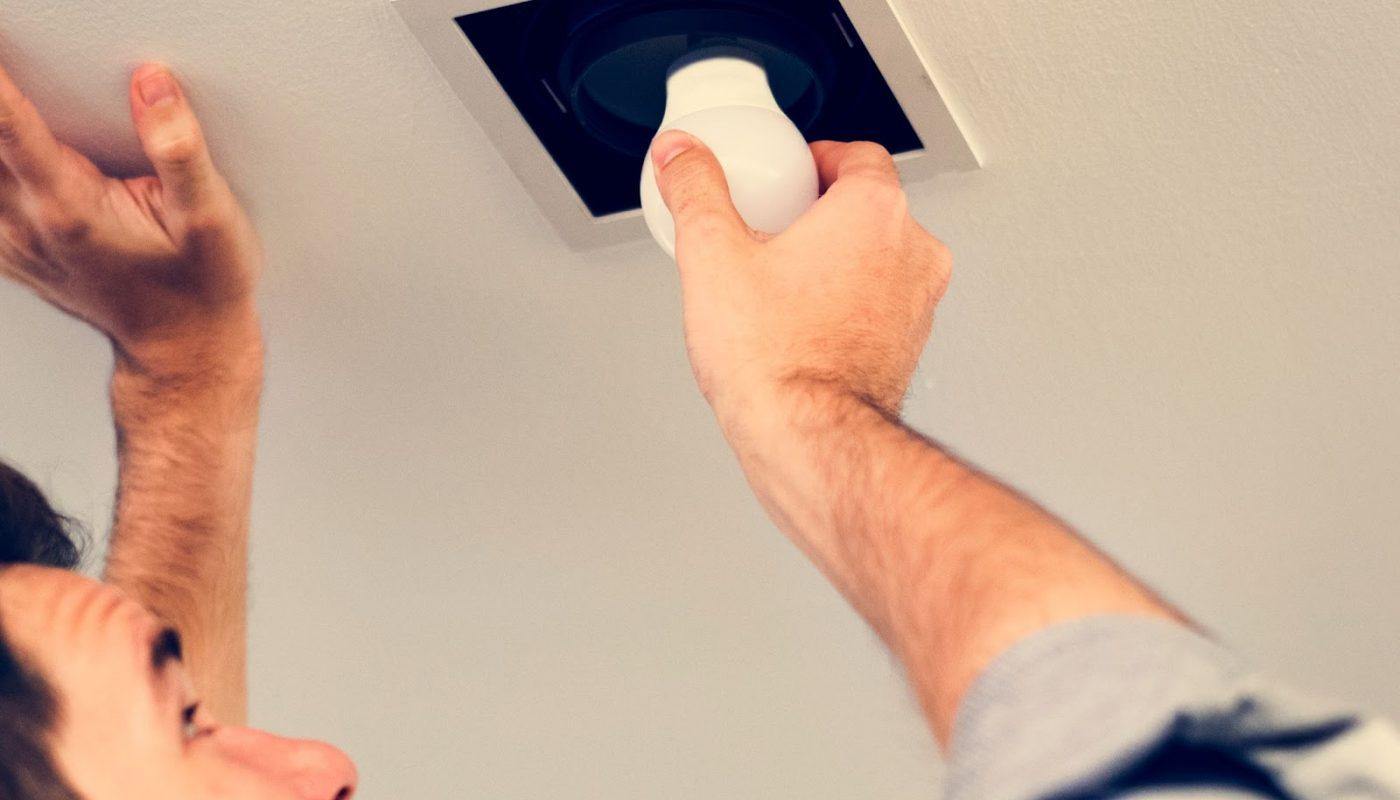
Spotlights have been an integral part of modern interior designs for the past few years. This shouldn’t be a surprise, as they are quite versatile light sources that can be easily adjusted to your needs. The rise of LEDs has made them even more popular thanks to the bonus features of this technology. Here’s what you should know about LED spotlights before buying them.
What are LED spotlights?
Before we talk about LED technology in spotlights, let’s find out what a spotlight exactly is. To put it simply, a spotlight is an adjustable lighting fixture that emits directed, narrow beam of light (mostly 15-60°, but they can go up to 120°). They work great for highlighting certain points of interest (e.g., paintings, sculptures, or central points of the interior) or washing a wider area with ambient light. Most of the modern models’ beam angle can be changed in a certain range.
A LED spotlight works the same, but with one key difference – incandescent and halogen bulbs are replaced by LED bulbs. This little manoeuvre allows it to keep its light output while being far more energy-efficient – LED light bulbs are low-wattage and turn about 90% of intake power into light.
Why should you switch to LED lights?
Although LED lighting has been with us for quite a few decades now (LED technology was conceived way back in 1962), there are still some misconceptions about it and some still think it’s inferior to older lighting solutions. To make things clear, let’s run through the main benefits of switching to LEDs:
Efficiency
As mentioned above, a LED bulb is able to covert about 90% of electrical energy into light. This means there’s almost no waste – compared to traditional incandescent light bulbs, it’s an improvement of 65-75% (and at least 30% from halogens). This will save you a lot of money in the running costs.
Sturdiness
In its core, a LED bulb is nothing more than a small chipset enclosed in an epoxy cover. There’s practically nothing to break – no glass, no filaments, and no gas containers. This makes it far less susceptible to physical trauma.
Safety
Due to almost all energy going into light, LED bulbs produce minimum amounts of heat (3.59 kJ/h or 3.4 Btu/h – that’s 25 times less than with incandescent bulbs!). Thanks to this they remain cool to the touch even after hours of staying on. This ensures they won’t pop from overheating and can be safely used around small children.
Longevity
A modern LED light bulb of decent quality can have a lifespan of 50 000 hours, while the best incandescent bulb won’t ever go above 2 000 hours. Halogens can shine for about 4 000 hours, which is still at most 1/10 of an average LED light’s lifespan. This means that despite their higher initial cost, LED bulbs are way cheaper in maintenance – you’d go through at least 25 traditional or about 13 halogen ones before a good LED light bulb dies on you.

Colour variety
Traditional light bulbs emit a rather warm glow that we’re all very well familiar with – there’s not much variety when it comes to colour temperature (consider it the hue of a white light). On the other hand, LEDs can have different colour temperatures (ranging from warm white to cool white) and by far surpass them in the light’s palette department. When you make the switch to LED lighting, a whole new world of colours opens before you – many LEDs come with the RGB option. This means that their light’s colours can be changed on the fly with the use of a dedicated controller. Moreover, almost all currently available bulbs are dimmable – you can adjust their brightness with compatible dimmer switches.
High light’s quality
Light emitted by them is precise, has low contrast and no excess brightness. Furthermore, it has a high CRI (Colour Rendering Index), which means it’s very close to natural light and all objects observed under it retain their original colours.
Are you looking for stylish LED spotlight fixtures? Check out https://lucasled.ie/led-downlights-spotlights-ceiling-mounted-fitting-lighting!

Does replacing old bulbs with LEDs require rewiring fixtures?
Well, this depends on the spotlights you currently use and the type of fittings you plan on using. You’d always have to do some wire work if you plan on installing a dimmer switch, though.
Most spotlight fixtures utilize bulbs with GU10 fitting. If that’s the case for you, there’s no need to worry – simply pop the old bulb out of the socket and replace it with a LED one. Although there’s no straight correlation between wattage and LED bulbs’ brightness, you can easily find an equivalent of your old halogen by comparing lumens or converting them to watts if needed.
If you’re planning on going the low-voltage route, using the MR16 bulbs in mains-powered fixtures will require dedicated transformers. Putting in the right driver/transformer/power supply (same device, different names) between the fixture and your home’s electrical installation is crucial for making a 12V bulb work. Without that, the mains’ voltage would fry it instantly. Most probably you’ll have to replace your old transformer, as the wattage of LEDs will be too low for it to function properly (especially if you were using a magnetic driver to power your old MR16 lights).
All this extra effort means that it’s not really recommended to use low-voltage bulbs in LED spotlights – it’s far simpler to just stick to GU10 fittings and return to the original circuit. So, if you have the option to back out of MR16 bulbs, it would be the most convenient route.
Upgrade your home with LED lighting
Despite being a relatively new option, LED spotlights are quickly becoming a popular choice for interior and exterior lighting systems. This shouldn’t be a surprise as the technology has many benefits putting it on top of the currently available lighting solutions. So, don’t wait any longer with and reach out for LED lights today – your wallet will thank you later.





